Inside the 12 Greatest Unsolved Disappearances of All Time

- Oops!Something went wrong.Please try again later.
- Oops!Something went wrong.Please try again later.
- Oops!Something went wrong.Please try again later.
- Oops!Something went wrong.Please try again later.
- Oops!Something went wrong.Please try again later.
- Oops!Something went wrong.Please try again later.
- Oops!Something went wrong.Please try again later.
"Hearst Magazines and Yahoo may earn commission or revenue on some items through these links."
This story is a collaboration with PopularMechanics.com.
Friends and advocates of Alexei Navalny were recently relieved to learn the whereabouts of the very-much-alive Russian opposition leader. Navalny, who for nearly three weeks in December 2023 went missing, “is doing well,” his spokesperson Kira Yarmysh announced on Christmas Day. Navalny “...is now in IK-3 in the settlement of Kharp in the Yamal-Nenets Autonomous District,” Yarmysh said. “His lawyer visited him today.”
The entire affair baffled the global community. How could someone with such a high profile vanish without a trace? This was one of the most famous people on the planet. In fact, Navalny was so constantly on camera that he was the subject of a 2022 Oscar-winning documentary. A random person may be able to “go off the grid,” intentionally or not, but surely such a level of fame should prevent one from being able to simply fade away... right?
The reality is, human history is littered with mega-famous figures who have simply disappeared. From adventurers swept away by the seas and skies, to political agitators suppressed by the powerful forces they pushed against, to fugitives from justice who successfully fled from the long arm of the law, here are 12 people who etched their names into the history books, but tore out the final pages of their own life story, never to be resolved.
Amelia Earhart
One of America’s most famous aviators, soaring not just through the skies but through the proverbial glass ceiling, Amelia Earhart remains most remembered for her landmark aviation accomplishments. Earhart wasn’t just the first woman to fly solo across the Atlantic Ocean, but the first person to fly across both the Atlantic and the Pacific, period.
These feats earned her the nickname “Lady Lindy,” an admittedly reductive reference to fellow aviator Charles Lindbergh. But sadly, their flights are not the only thing the two have in common. They’re also both associated with macabre mysteries that continue to fascinate the public.
With Lindbergh, it was the matter of his kidnapped child. But it’s the disappearance of Earhart herself, as well as her navigator Fred Noonan, that continues to entrance amateur sleuths to this day.
The plane containing Earhart and Noonan disappeared on July 2, 1937. Earhart was attempting to set a new record, becoming the first person to “fly around the world at the equator.” It was actually Earhart’s second attempt to do so, after a crash earlier that year ended her first attempt just days into her trip. A retooling of plans in the wake of the delays, including rerouting the intended journey and abandoning the plane’s CW transmitter (which neither Earhart nor Noonan knew how to operate) arguably contributed to the flight’s disappearance.
Theories range from the plane running out of fuel and crashing into the sea, to an emergency landing on Gardner Island, now known as Nikumaroro, roughly “350 nautical miles” from their intended landing point.
To date, no one has been able to determine the final resting place of Earhart, who was legally declared dead on January 5, 1939. But now, a search team thinks they found evidence of the missing plane, perhaps offering an answer at last.

Jimmy Hoffa
You’ve seen the old movies. When somebody goes missing, the first question the detectives ask is often, “Can you think of anyone who would wish them harm?” Well, in the case of Jimmy Hoffa, you might have a harder time listing the people who didn’t.
One of the most significant figures in the American labor movement, in no small part because of his own efforts to assert his significance, Hoffa is now more remembered for his unsolved disappearance than his accomplishments, both celebrated and infamous.
Hoffa understood the immense power at his disposal as the lead of the Teamsters Union, a power he supplemented with his involvement with organized crime. As Biography.com previously noted, Hoffa’s career was marked by highs (negotiating the first national freight-hauling agreement) and lows (a 1967 prison sentence for “jury tampering, fraud, and conspiracy”). All of which put him in the crosshairs of everyone from the mobsters he conspired with to Robert Kennedy and the federal government.
On July 30, 1975, Hoffa left his home in order to meet at a restaurant with some organized crime figures in a bid to mend fences. He never came home.
Although Hoffa’s remains have never been found, and no official answer has ever been given for his disappearance, that hasn’t stopped some from taking credit. The most notable example is Frank “The Irishman” Sheeran, whose confessional book, I Heard You Paint Houses, was turned into the 2019 film, The Irishman.
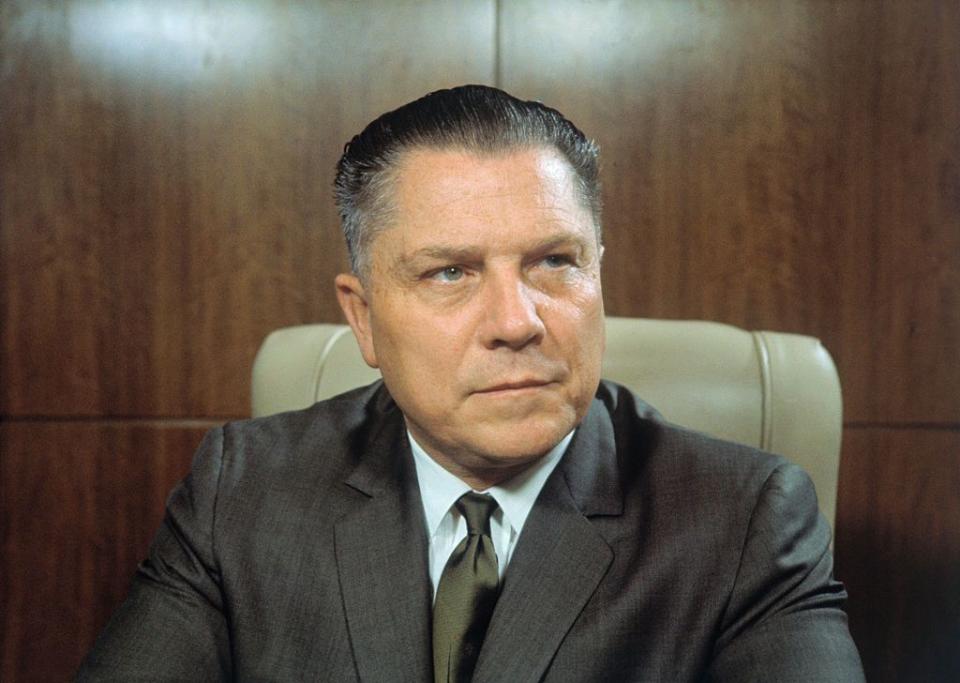
The Roanoke Colonists
Adventurer and author Sir Walter Raleigh’s 1616 exploits in South America led to his conviction for treason and, ultimately, his death. We know that Raleigh was executed on October 29, 1618, and his remains are interred at St Margaret’s Church, Westminster.
But while an arguably bleak end for the man who was once held in such esteem by Queen Elizabeth I, it’s far better than the fate that befell the inhabitants of the colony he established on the coast of North Carolina.
Raleigh founded the Roanoke Colony in what is now North Carolina in 1585. It was an attempt to found the first permanent English colony in North America. Over 100 colonists were placed on Roanoke to develop the area.
Five years later, however, a ship visited the area and found that the colonists had disappeared. The only clue was the word “CROATOAN” carved into a stakewall.
To this day, theories abound about just what became of the Roanoke colonists: Were they brutally slayed in a massacre? Did they integrate themselves into nearby indigenous communities? But centuries later, historians are no closer to accounting for just what happened to the settlers in Raleigh’s most infamous colony.
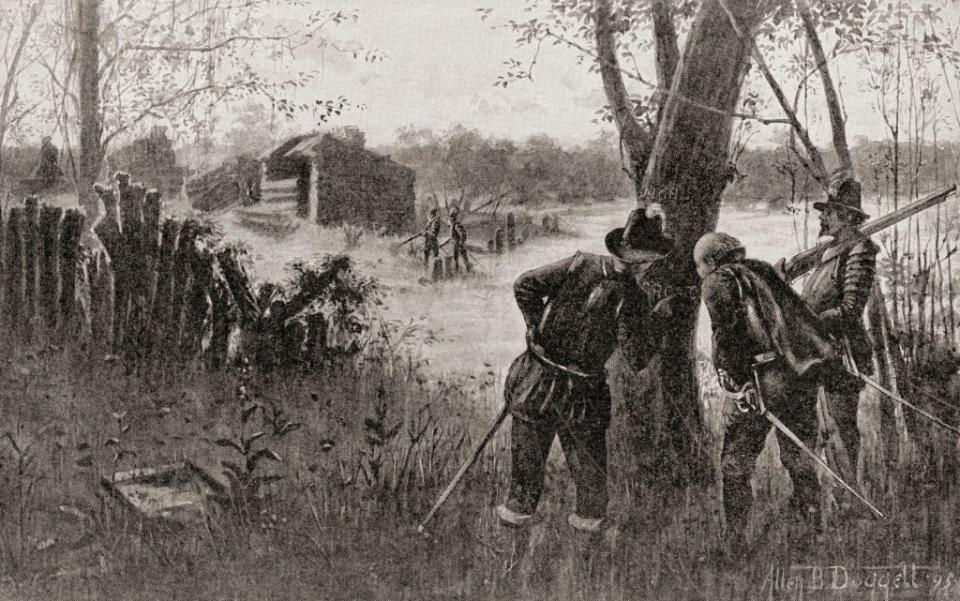
Ambrose Bierce
Once revered by academics and the public alike, Ambrose Bierce has largely vanished from the American literary canon. At a time, his satirical The Devil’s Dictionary and short story collection Tales of Soldiers and Civilians filled shelves and syllabi, but now, he survives largely through a single short story, “An Occurrence at Owl Creek Bridge,” a Civil War tale adapted into an Oscar-winning short film that later aired as an episode of The Twilight Zone.
Bierce was himself a Civil War veteran, fighting for the Union and ultimately achieving the rank of first lieutenant in the 9th Indiana Infantry Regiment. It was, in fact, a desire to revisit some of his old Civil War sites in 1913, at the age of 71, that led to Bierce’s mysterious disappearance.
Bierce’s travels caused him to pass through Mexico, which was in the midst of a revolution. Bierce volunteered himself to follow along with Pancho Villa and his men, and we know that Bierce made it all the way to the city of Chihuahua with them, before all traces of the author vanished.
No one, from the federal agents to the Pinkertons, could ever confirm the fate of Bierce, though it was assumed by many that his famously irascible nature placed him on the wrong end of someone’s gun. As The Los Angeles Times reported in 1991, publisher James Robertson purported to uncover evidence that suggests that gun was held by none other than Pancho Villa, himself.
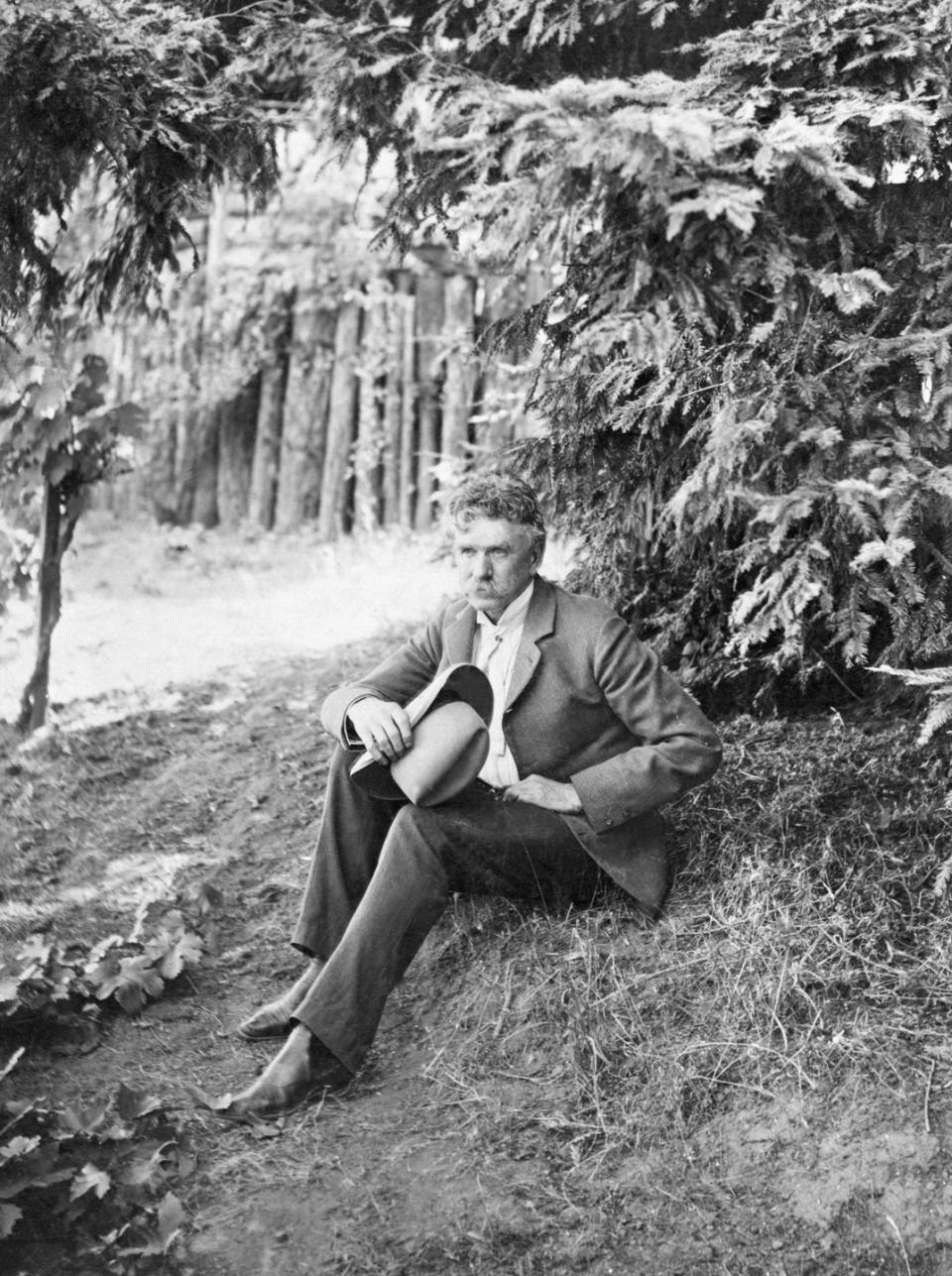
D.B. Cooper
What happened to D.B. Cooper after he leapt from that plane? Nobody knows. Indeed, nobody even knows who D.B. Cooper was even before he boarded that plane.
The saga of D.B. Cooper has endured for more than 50 years now, partly because of the bloodless nature of the crime that makes it a little more fun to speculate on than more gruesome mystery men (say, like Jack the Ripper).
What we do know is that on Thanksgiving Eve in 1971, a man identifying himself as Dan Cooper (“D.B.” actually came from a reporter mishearing the alias) committed the most famous unsolved skyjacking in history. Able to collect a $200,000 ransom, Cooper then leapt from the plane with a parachute, never to be seen again.
Years later, some of the money did turn up on the north shore of the Columbia River. And though the FBI closed the case on Cooper, choosing to allocate resources elsewhere, that hasn’t prevented plenty of amateur investigators to continue searching for the man behind the infamous shades.
As recently as 2023, people have come forward with what they claim is new evidence that can narrow down the search for just who it was that leapt from the plane that night.
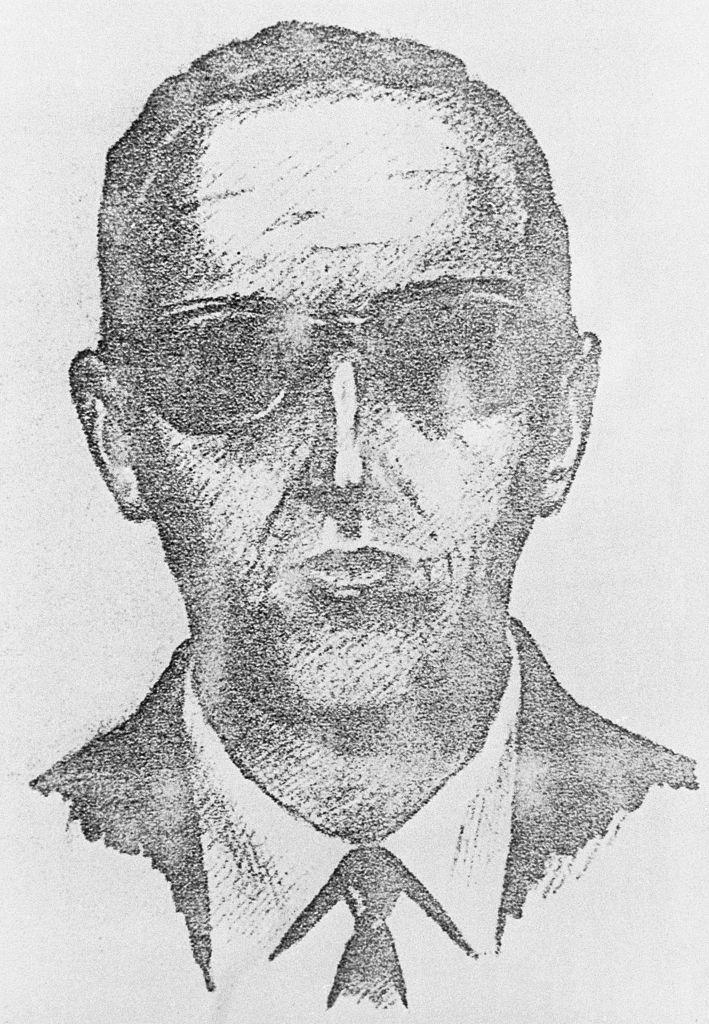
Belle Gunness
A little more than a decade after America was shocked by the 1893 discovery of serial killer H.H. Holmes and his infamous “Murder Castle,” the newspapers were flooded with stories of a killer even more prolific in both confirmed kills (14, to Holmes’ 9) and suspected (40, to Holmes’ suspected 27).
Readers at the turn of the century were further scandalized by this story for two reasons. Unlike Holmes, this killer was an immigrant from Norway, and secondly, this killer was a woman.
Belle Gunness began her criminal career with insurance scams, such as when she and husband Mads Albert Sorenson’s home and store burned down under “mysterious circumstances” and they claimed the insurance money. Not long after, Sorenson himself died under mysterious circumstances, and Gunness claimed the insurance money for him.
Thus began a string of deaths from which Gunness profited, from intended suitors to infant children. In 1908, suspicion began to fall on Gunness from the brother of one of her victims. Conveniently, her farmhouse burned down, and four skeletons were found inside, assumed to be Gunness and her foster children.
However, when Ray Lamphere, Gunness’ hired hand, was arrested for arson and murder, he revealed that Gunness burned the farmhouse down and faked her death within it. Gunness managed to evade justice and vanish without a trace.
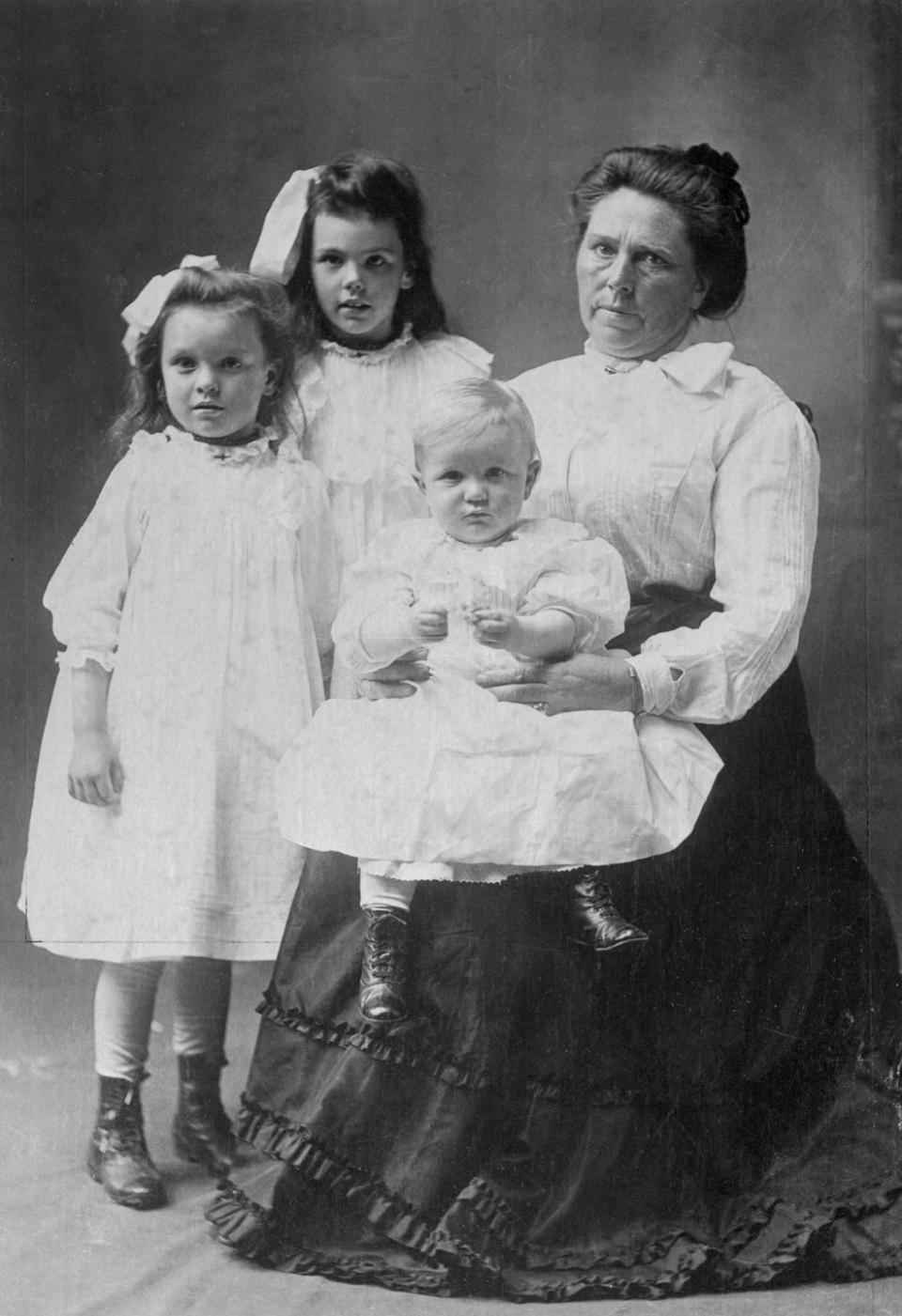
Solomon Northup
There is nothing unsolved about the 12 years that Solomon Northup spent torn from his loved ones after his kidnapping in 1841. That tale is not a mystery, but a horror story—one that was thoroughly chronicled.
The questions involving the life of Northup arise after he returned to freedom and stepped away from public life.
Northup was born a free man in New York in 1808. He married in 1829 and had three children. To support his family, he purchased a farm and made extra money working as a fiddler. One day, when seeking work, he was convinced to travel to Washington, D.C. with men claiming to be part of a circus. When Northup arrived, he was drugged by the men and sold into slavery.
Northup endured brutality and witnessed atrocities under slavery that many would deem unspeakable in their horror. But, after securing his freedom in 1853 thanks to Samuel Bass and Henry B. Northup, speaking about those horrors is exactly what Solomon did.
His memoir, Twelve Years a Slave, became a bestseller throughout the country, and along with Harriett Beecher Stowe’s Uncle Tom’s Cabin the previous year, served as a rallying cry for the abolition of the abhorrent practice.
Despite Northup becoming a 19th century celebrity in the United States and participating in lecture tours on his experience, he eventually retreated from public life and eventually disappeared. No one knows the ultimate fate of Northup, and he is assumed to have died some time in 1863, though no body was ever found.
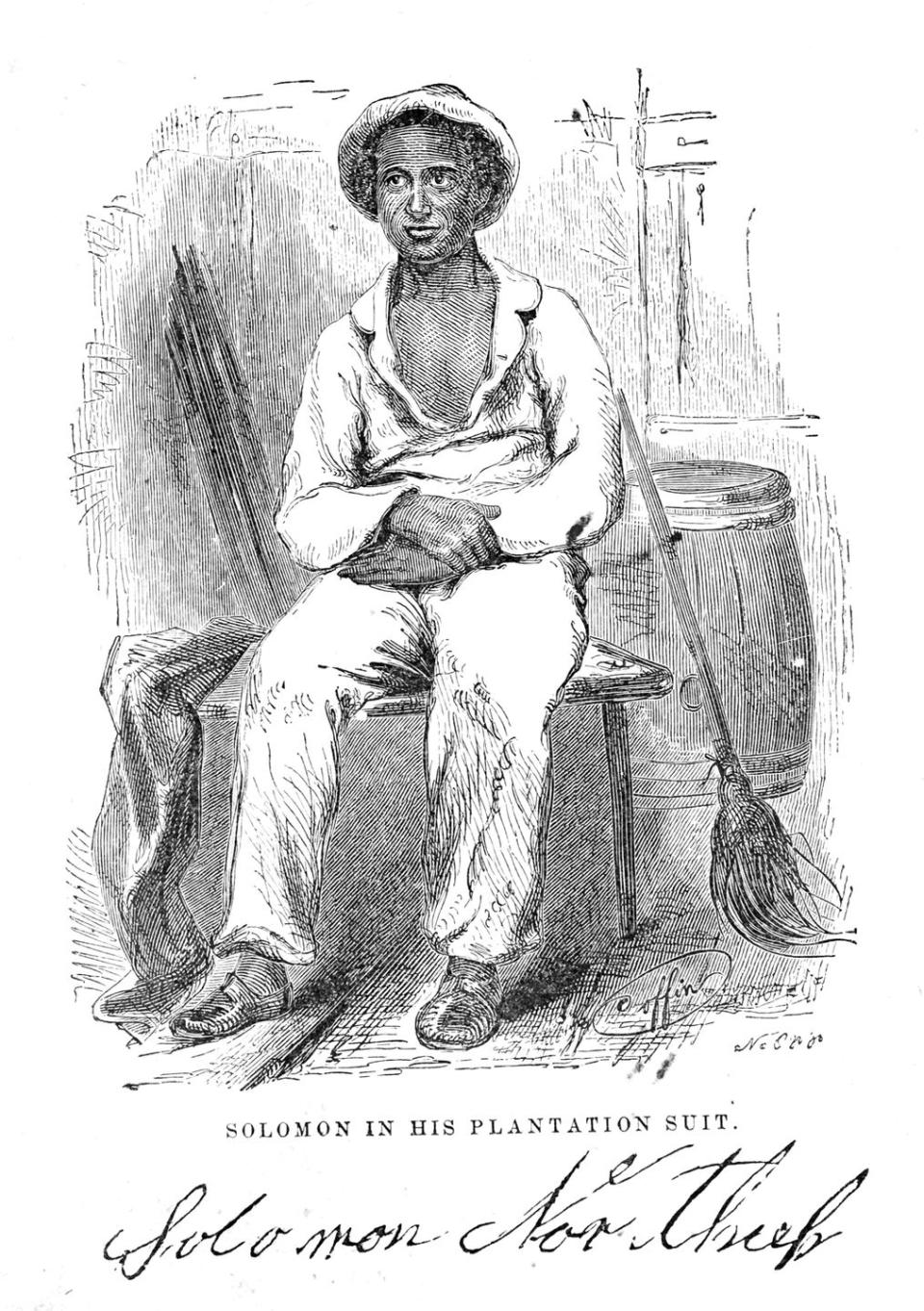
Agatha Christie
There is no mystery to the death of Agatha Christie. There was no foul play involved in the passing of the 20th century’s most celebrated writer of murder mysteries. We know how her story ended: of natural causes, at the age of 85, on January 12, 1976, at her home at Winterbrook House.
Instead, the puzzling period of absence in Christie’s life actually came 50 year prior, when the writer was already a published author.
By 1926, Agatha Christie had published six novels, three of which featured her most enduring character, Hercule Poirot. While Christie’s celebrated Belgian detective is often quick to detect the lascivious inner-workings of those he’s investigating, Agatha had been unable to glean that such underpinnings were also within her husband, Colonel Archibald Christie.
In August 1926, Archibald asked Agatha for a divorce, stating that he had fallen in love with another woman. Agatha was blindsided, and while the couple stayed together, tensions rose. On December 3 of that year, Archibald told his wife of his intentions to travel without her to visit “friends.”
That evening, Agatha left their home in Sunningdale with no explanation. Her car was discovered the following day, causing great alarm within the community, and soon, the newspapers got wind. Suspicions of foul play, suicide, and other theories abounded for eleven days as Agatha couldn’t be located.
On December 14, Agatha was finally located at Swan Hydropathic Hotel in Harrogate, Yorkshire, having checked in under the name of her husband’s mistress. Agatha claimed to have no recollection of what had occurred over the 11 days, nor how she even got to the hotel, and her behavior has been chalked up to a fugue state. To date, no one knows what happened to Christie during that baffling 11-day disappearance.

Confederate Prisoners from the Shohola Train Wreck
The Civil War occupies a peculiar space in American history. It’s heavily documented and chronicled, and revisionists continually seek to recontextualize and reimagine its cause and key players. People with roots in the country during that time all want to claim connection to some hero of the conflict, and none want to take credit for their connections to its villains (or at least they seek to redefine them as heroes in order to do so).
It’s strange to imagine that the fate of anyone involved in such a heavily studied conflict could be untraceable. And yet, during a deadly train wreck that snuffed out 65 lives, five Confederates saw the opportunity for a fresh start—and they took it.
On July 15, 1864, a steam-engine train, Engine 171, was carrying 128 Union guards and their 833 Confederate prisoners. The trip from Maryland to New York should have gone off without a hitch. The dispatcher in Lackawaxen had been warned to halt all eastbound trains until Engine 171 had passed. But a miscommunication due to a four-hour delay in departure resulted in an eastbound coal train slipping through.
The two trains collided in the Shohola Township, with a force that locals compared to an earthquake. The crash created a shocking amount of carnage, described as “bodies impaled on iron rods and splintered beams.” Amid that chaos, five Confederate soldiers who were held prisoner fleed the wreckage and escaped, never to be seen or heard from again.
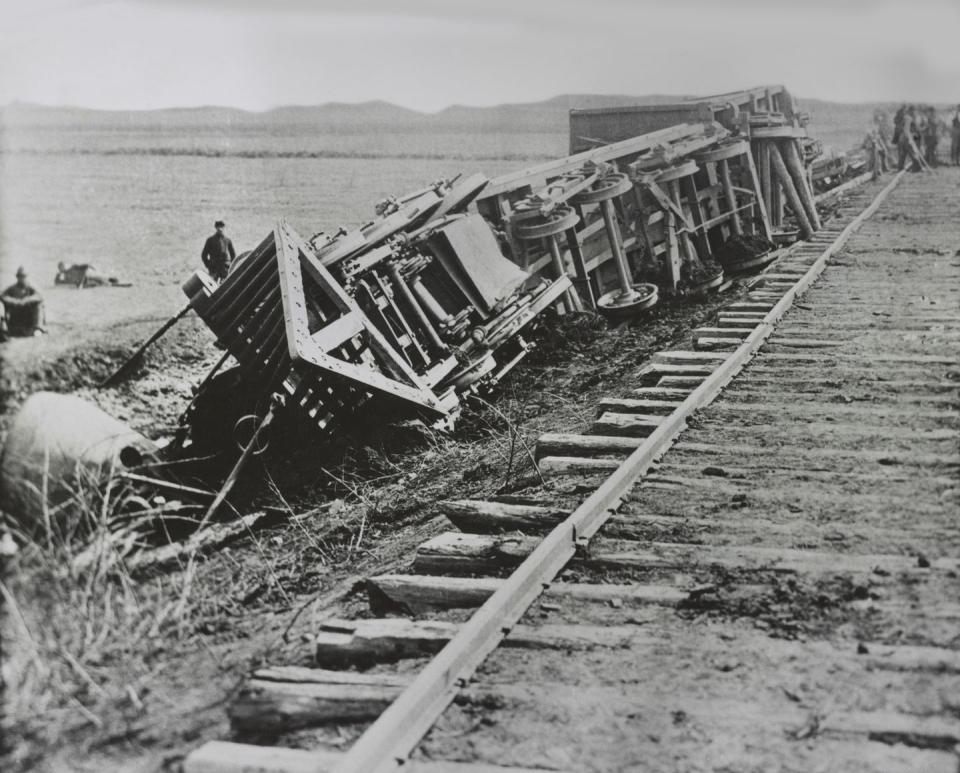
Raoul Wallenberg
If you’ve ever visited the United States Holocaust Memorial Museum in Washington, D.C., you might have noticed a place marker declaring part of the street Raoul Wallenberg Place. If the name is unfamiliar to you, you might be surprised to discover that Wallenberg was a notable hero during World War II, whose work with the War Refugee Board saved the lives of thousands of Hungarian Jews.
That he isn’t the subject of more Hollywood films for his heroic deeds is likely due to the horrendously bleak, and still unsolved, disappearance that closes out his remarkable story.
A Swedish businessman, Wallenberg was recruited by the U.S. War Refugee Board to travel to Budapest as a diplomat to try and save Hungarian Jews amidst the Holocaust.
Wallenberg issued certificates of protection on behalf of the Swedish legation to spare Jews in Budapest from deportation and helped establish hospitals and safe houses for the vulnerable.
In late December 1944, the Soviet Union began a 50-day siege on Budapest. On January 17, 1945, Wallenberg was called to meet with Soviet General Rodion Malinovsky. He noted that day, “I’m going to Malinovsky’s... whether as a guest or prisoner I do not know yet.”
Wallenberg was detained on suspicion of espionage on behalf of the United States. He was last seen with Soviet officials on January 17, 1945. Soviet reports indicate that Wallenberg died on July 17, 1947 in Lubyanka Prison in Moscow, but eyewitnesses report having seen him at other prisons after that date. The true fate of Wallenberg isn’t known to this day.
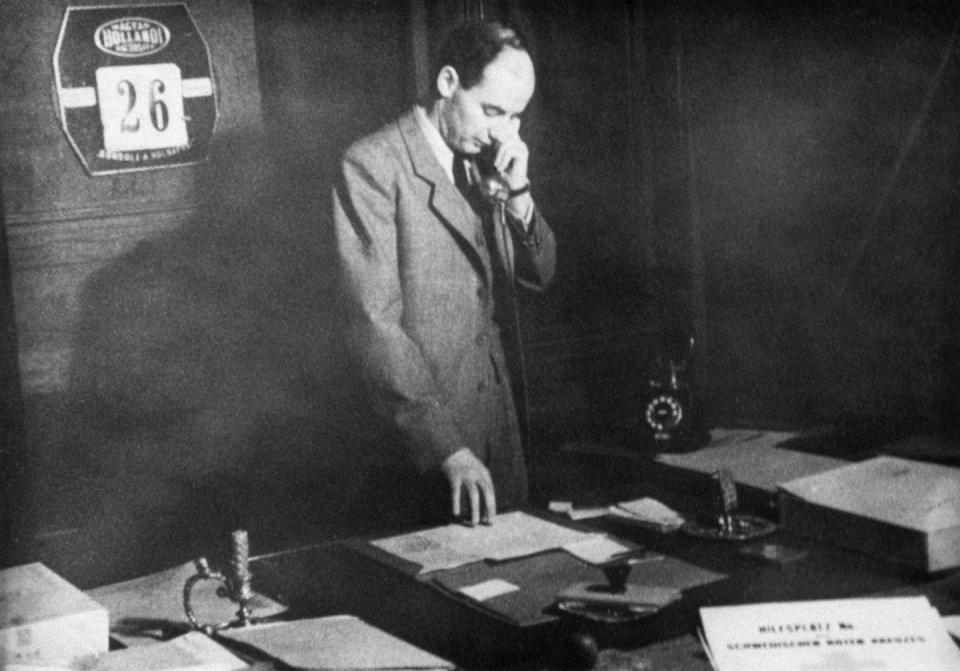
Heinrich Müller
On April 30, 1945, in an air-raid shelter in Berlin known as the Führerbunker, Adolf Hitler and his new bride, Eva Braun, died by suicide rather than face justice at the hands of the Soviet forces that closed in on the capitol city.
What people might not know is that Hitler and Braun weren’t the only people in the Führerbunker that night to evade justice. One high-ranking Nazi official escaped with his life, never to be found to stand trial.
Heinrich Müller was a member of the Schutzstaffel (commonly referred to as the SS) and the chief of the Gestapo. Müller was an instrumental part of both the Kristallnacht pogrom, which resulted in the arrest of over 20,000 Jews, and Operation Himmler, a false flag operation to create the pretext to invade Poland.
Müller was last seen in the Führerbunker on May 1, 1945, just a day after the death of Adolf Hitler. The last words of Müller we have on record come by way of Hans Baur, who claimed Müller had remarked, “We know the Russian methods exactly. I haven’t the faintest intention of being taken prisoner by the Russians.”
From that moment forward, Müller disappeared. The Soviets assumed Müller fled to the West, while the CIA believed he was within the USSR. But the declassification of both Soviet and CIA records show that neither intelligence agency had any information as to Müller’s ultimate whereabouts. Müller is, to date, the most senior Nazi official to never be captured or confirmed dead.
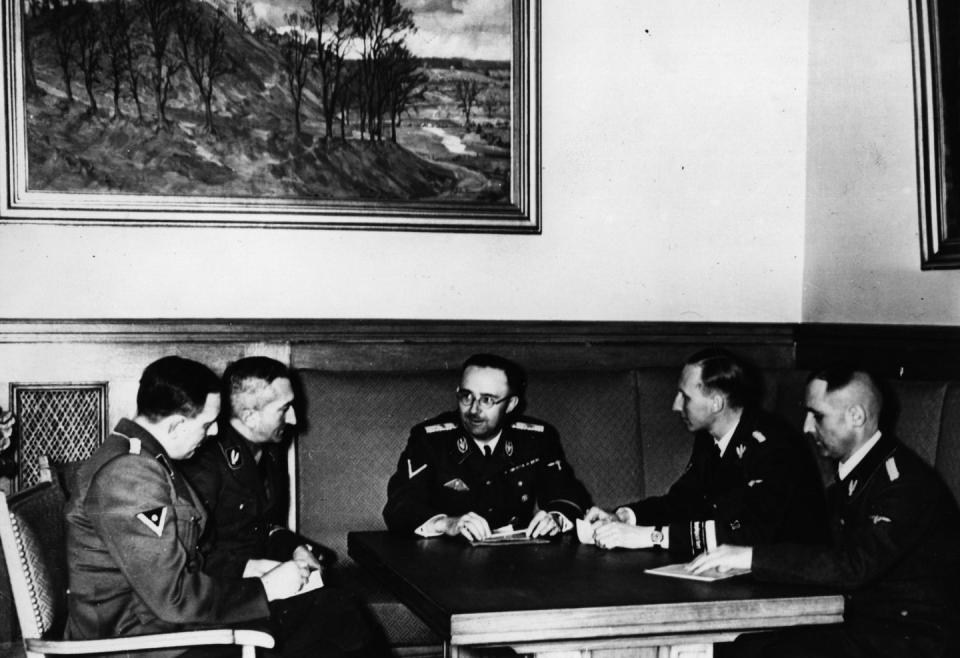
Malaysia Airlines Flight 370
It’s easy to tell ourselves that mysterious disappearances are a thing of the past. That while it was possible in bygone times to go off the grid, intentionally or not, now, in our age of cell phones and satellites and global surveillance, such things just simply aren’t possible anymore. This is why the 2014 disappearance of Malaysia Airlines Flight 370 was so fascinating—and so terrifying.
On March 8, 2014, a Boeing 777-200ER was carrying 239 passengers and crew on what was meant to be a 5.5-hour flight from Kuala Lumpur to Beijing. On their route, the plane appeared on Vietnamese radar... and then, it wasn’t.
As PopMech previously noted, “The plane’s transponder mysteriously stopped broadcasting, and Vietnamese and Malaysian military radars showed the giant plane traveling north, but then turning west toward the Andaman Sea and the Indian Ocean. The autopilot was switched off, presumably by hand, in order to make the turn west.”
And that was it. The plane was never seen intact again. The fate of its occupants presumed but never confirmed. Several pieces of debris were found in the Indian Ocean with serial numbers making it clear they came from MH370. Almost 11 years later, several theories have emerged as to precisely what fate the plane suffered, but no concrete answers have ever surfaced.

You Might Also Like

